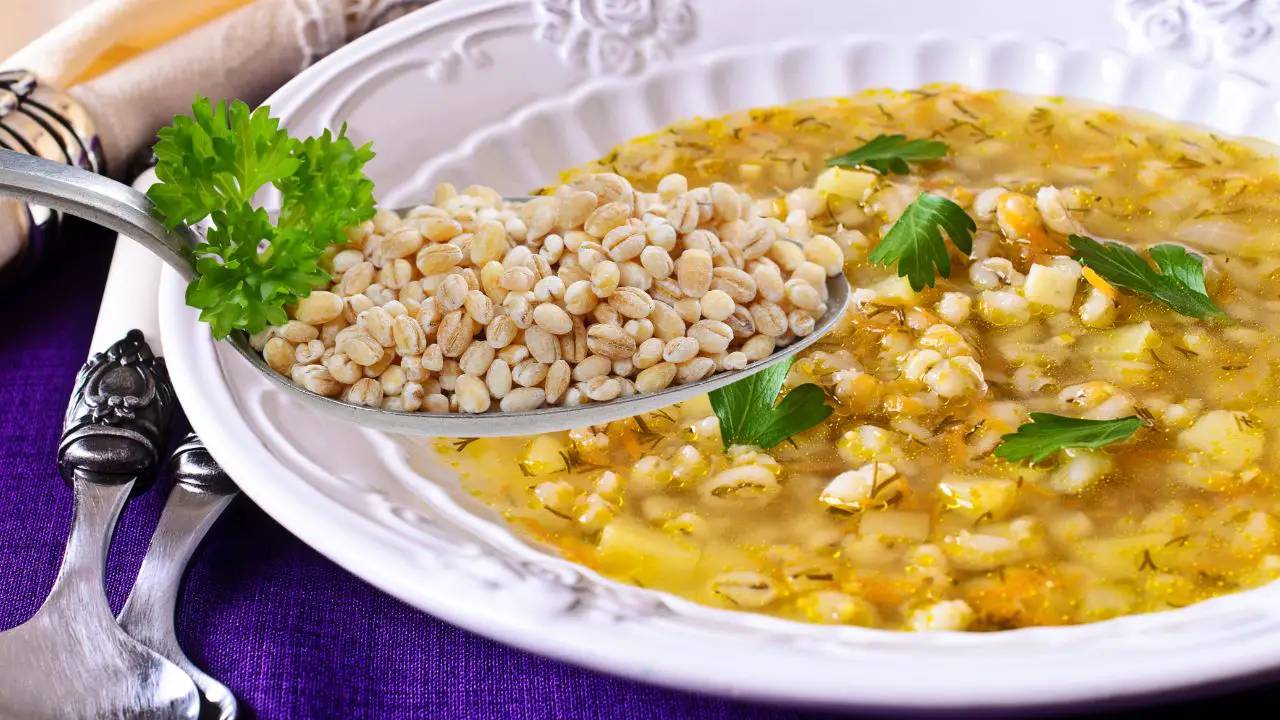Diving into the realm of soups, you’ll realize that mastering how to cook pearl barley in soup is surprisingly straightforward when you know the right steps. With its chewy texture and wholesome goodness, pearl barley adds depth to any soup, making it a go-to ingredient for many.
If you’ve ever felt daunted by the idea of incorporating this grain into your dishes, worry no more. With the right guidance and a sprinkle of enthusiasm, it’s easier than you think.
Ready to uncover the simplicity behind this culinary delight? Let’s dive in!
Pearl Barley vs Hulled Barley In Soups
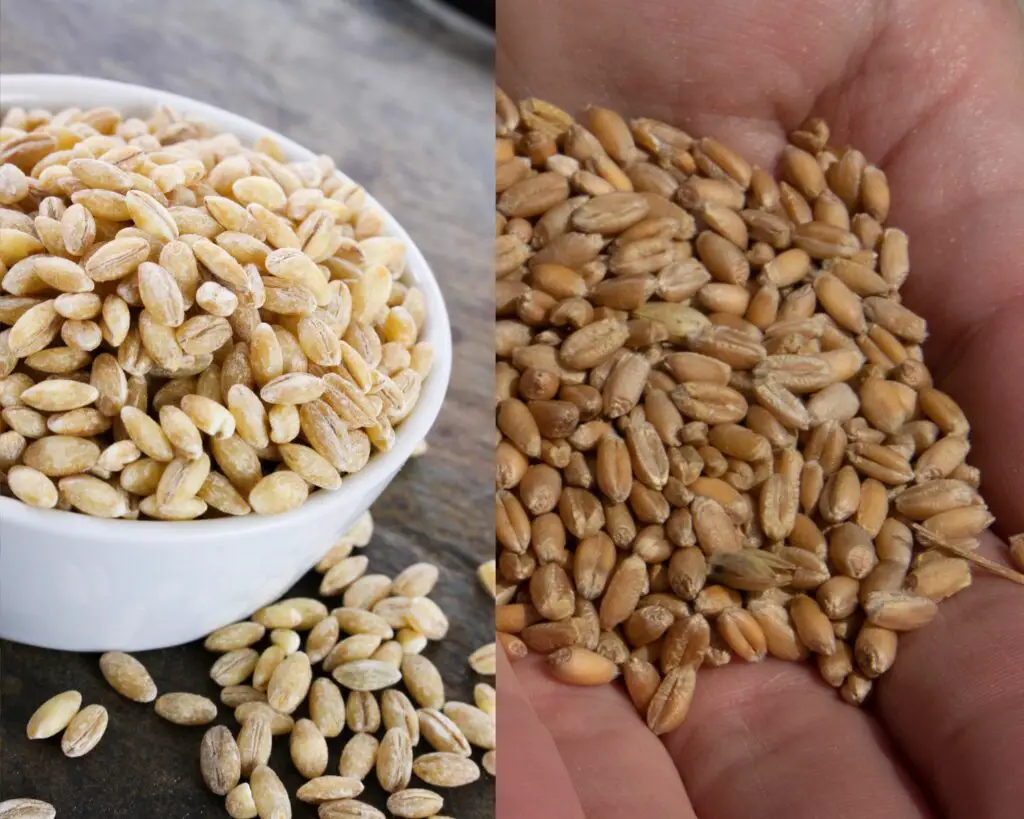
Whenever I step into the kitchen to prepare a grain-based soup, the choice between pearl barley and hulled barley always stands out. While both originate from the same grain, they have marked differences that, in my opinion, can make or break a dish.
Let’s start with pearl barley. It has undergone a degree of processing, where both its outer husk and bran layers are removed. This gives it that namesake “pearl-like” appearance, which I find adds a visually pleasing touch to soups. It cooks faster, and its texture? Delightfully tender.
For me, the gentle, slightly chewy consistency of pearl barley makes it a joy to eat. It doesn’t overpower the soup but rather complements other ingredients beautifully.
On the flip side, we have hulled barley. This version is closer to the grain’s natural state, with only the very outer husk removed, preserving the bran layer. Nutritionally, it’s a powerhouse, offering more fiber and nutrients.
However, this comes at the cost of a longer cooking time and a distinctively nuttier, grainier taste. Personally, while I appreciate its robust flavor in some dishes, it can sometimes feel a bit too hearty for certain soup recipes.
TAP ON IMAGE TO VIEW PRICE
So, in a nutshell, while both versions of barley have their merits, I often lean towards pearl barley for its versatility, quick cooking time, and the delicate touch it adds to soups.
However, the choice between the two ultimately hinges on the texture and flavor profile one desires in their dish.
So, How to Cook Pearl Barley in Soup?
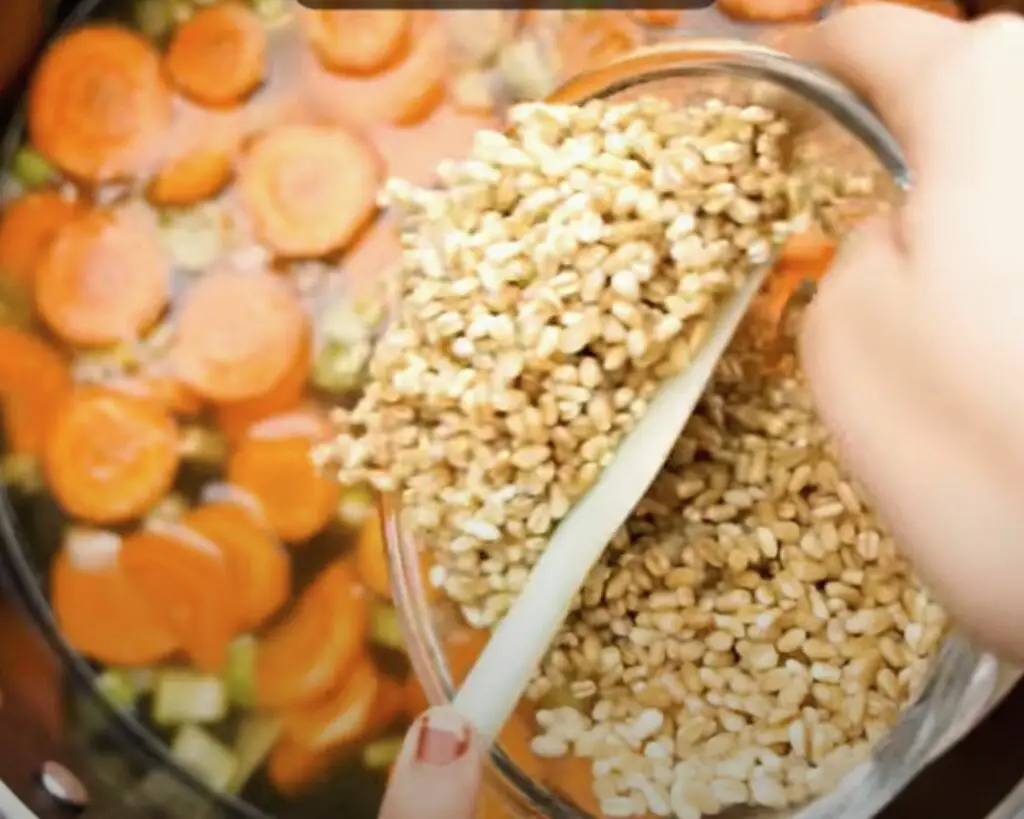
Ready to perfect your pearl barley soup? Follow these 3 simple steps, and you’ll be on your way to a flawless, hearty dish every time!
Step 1 – Preparing the Pearl Barley

Before adding pearl barley to your soup, I recommend rinse it thoroughly under cold water. This helps to remove any dust or tiny debris that might be lurking in there. I usually pour the barley into a fine mesh strainer and give it a good rinse until the water runs clear.
Step 2- Cooking Time for Pearl Barley
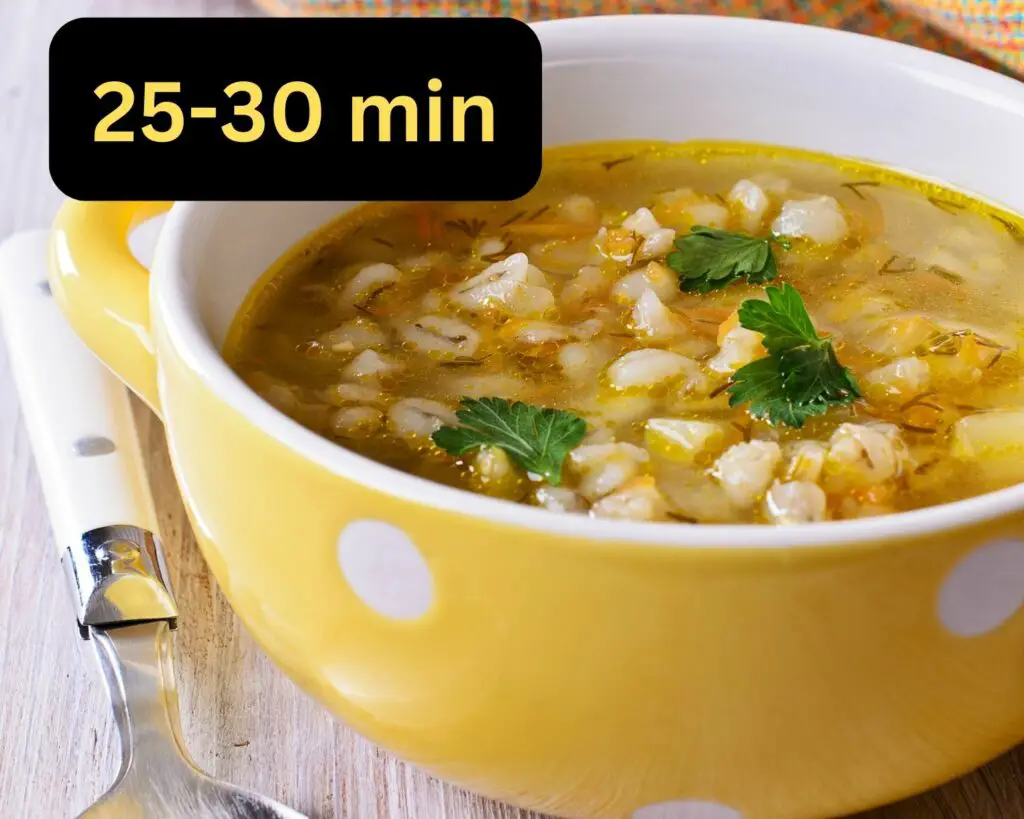
As I mentioned above, pearl barley boasts a swifter cooking time than its regular counterpart. In soups, it usually takes about 25-30 minutes for pearl barley to reach that ideal chewy-yet-tender texture, making it a convenient choice for those of us who appreciate the efficiency in the kitchen.
Step 3 – Incorporating Pearl Barley into Your Soup
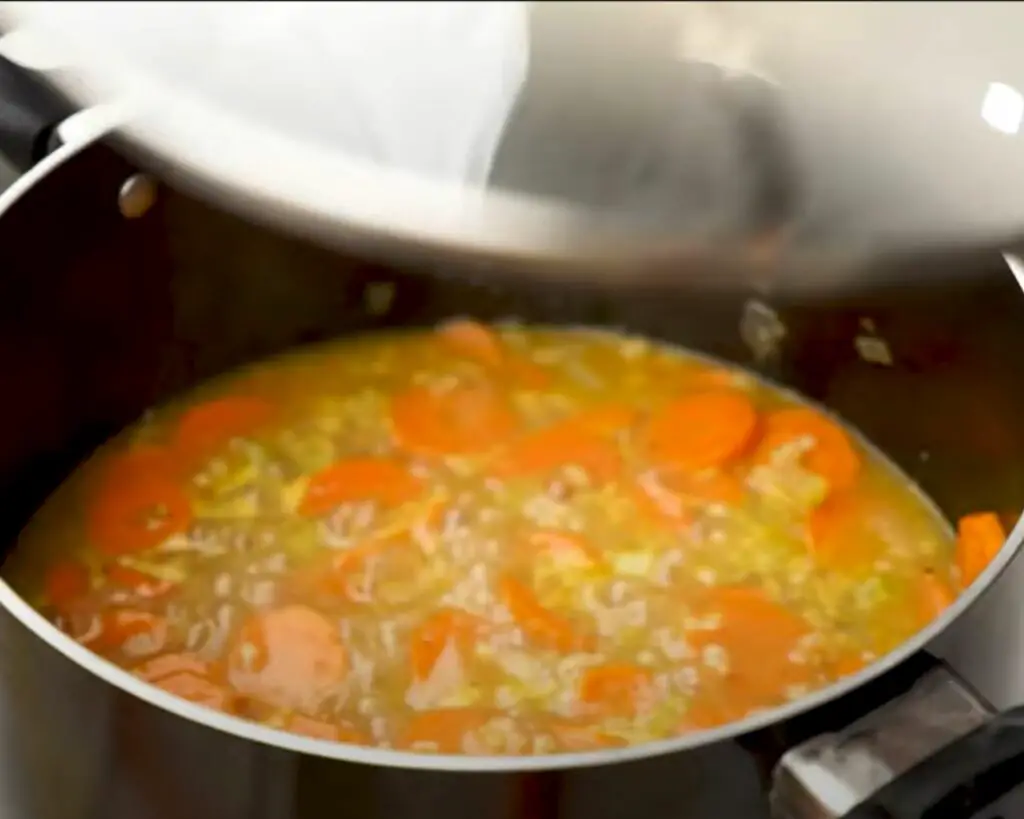
Whether you’re preparing vegetable soup, chicken soup, beef stew, or any other kind of soup, adding pearl barley is pretty straightforward. Once you’ve got your soup base going (broth, meat, veggies, and seasonings), simply stir in the rinsed pearl barley.
Allow the soup to return to a boil, then reduce the heat and let it simmer until the barley is cooked through. Remember, occasionally stir to ensure even cooking and prevent the barley from sticking to the bottom of the pot.
Inspired to cook with barley? Let me share a personal favorite: Turkey Barley Soup here. It’s the magic trick I pull out whenever I’ve got leftover turkey.
Tips for the Perfect Pearl Barley Soup

- Soaking is Optional: Some people prefer to soak pearl barley overnight to reduce cooking time. While I find this step optional for soups, it’s something you can consider if you’re pressed for time.
- Watch the Liquid: Pearl barley loves to soak up the broth. If you notice your soup thickening more than you’d like, just add a little more broth or water.
- Season Well: Pearl barley pairs well with various herbs and spices, which I will talk about more below. Don’t be shy! Fresh herbs like thyme, rosemary, and bay leaves can elevate your soup to new heights.
Seasoning and Flavor Pairings for Pearl Barley Soup

Pearl barley, with its subtle nutty flavor, provides a blank canvas that absorbs and melds beautifully with a variety of seasonings. The beauty of this grain lies in its versatility, harmonizing with both robust and delicate flavors.
Here are some herbs, spices, and flavor profiles that enhance the taste of pearl barley in soups:
Herbs:

- Fresh Thyme and Rosemary: These woodsy herbs bring out the earthy tones of pearl barley, making them ideal for richer, meat-based soups.
- Basil and Parsley: For a fresher take, especially in summer soups or broths, the sweet and peppery notes of basil and the clean taste of parsley pair wonderfully.
Spices:

- Bay Leaves: A classic in many soups, bay leaves impart a subtle bitterness that contrasts nicely with barley’s nuttiness.
- Black Pepper and Turmeric: The warm spice of black pepper and the earthiness of turmeric complement the grain’s texture.
- Cumin and Coriander: For a hint of Middle Eastern or Mediterranean flair, these spices lend a warm depth.
Flavor Profiles:
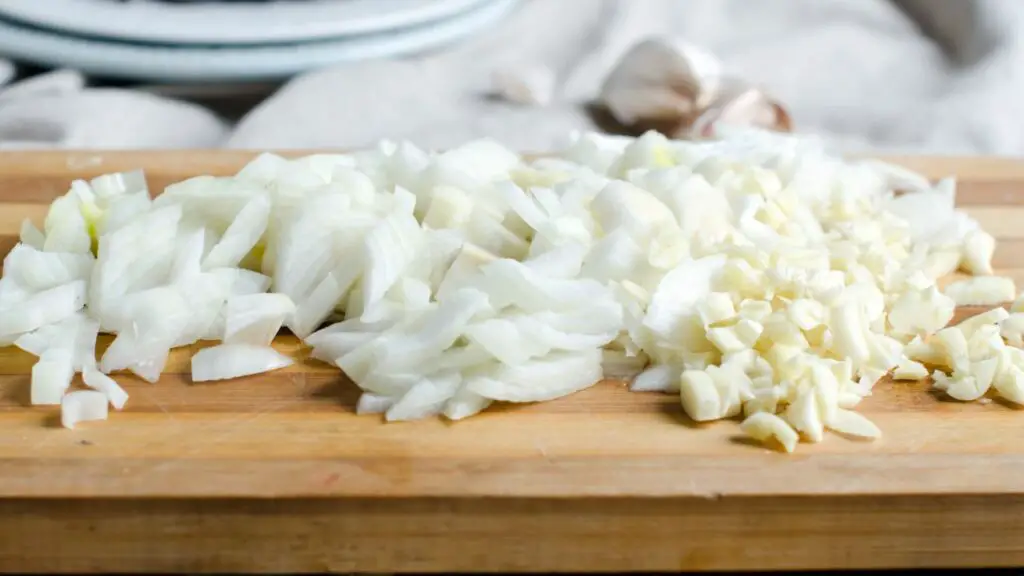
- Garlic and Onions: These foundational aromatics enhance the richness of the soup, making the barley stand out.
- Lemon Zest or Juice: A dash of acidity can brighten the soup, highlighting the chewy texture of the barley against a tangy backdrop. Read more here: Why Put Lemon Juice In Soup?
- Parmesan Rind: Tossing a piece of Parmesan rind into the pot while the soup cooks can add a salty, umami richness.
Vegetables and Add-ins:

- Mushrooms: Their earthy flavor matches the grain’s taste, especially in a creamy base.
- Root Vegetables: Carrots, parsnips, and turnips lend a natural sweetness that pairs seamlessly with barley’s hearty profile.
Meats:
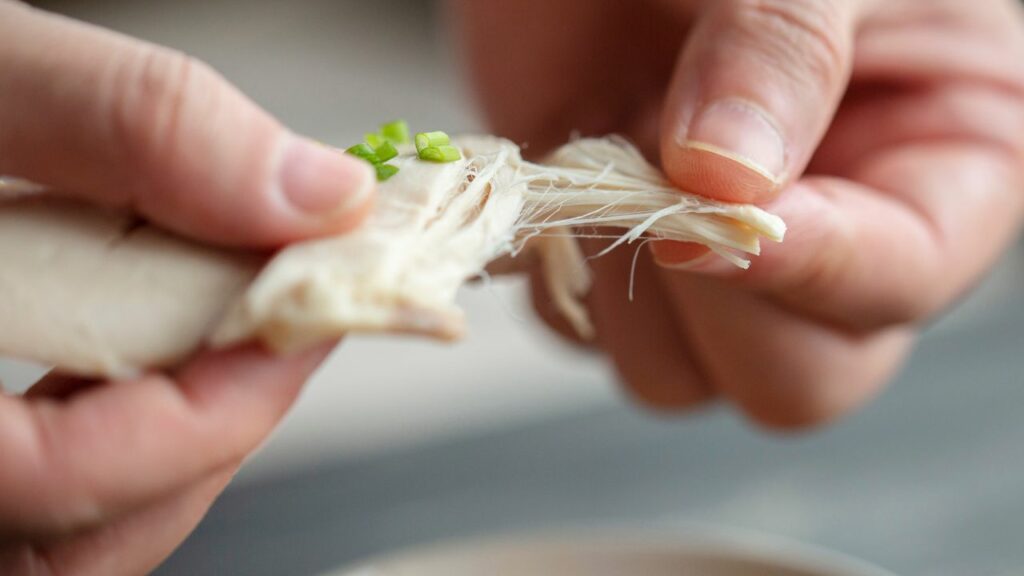
- Lamb: Its rich, gamey flavor pairs wonderfully with spices like cumin and coriander, making it a delightful match for barley’s hearty texture.
- Turkey: This leaner meat benefits from fresh herbs and a splash of lemon, with barley adding a fulfilling, chewy contrast.
- Chicken: A classic choice, its mild flavor gets a boost from aromatic herbs and spices, with barley offering a satisfying bite.
- Ham: Its saltiness is counteracted by the mildness of barley, with root vegetables enhancing the soup’s overall flavor profile
Pairing pearl barley with these seasonings and flavors can elevate your soup, turning it into a gourmet dish that not only warms the belly but also delights the palate. Experiment and find the combinations that resonate most with your taste buds!
By the way, if you’re eager to put these flavor combinations into action and try out some delightful variations, don’t miss out on my other blog post: “7 Best Pearl Barley Soup Recipes.”
These recipes are packed with mouth-watering recipes that incorporate many of the ingredients and seasonings mentioned above. Dive in, and find your next favorite pearl barley soup recipe!
For a hands-on demonstration on how to cook pearl barley soup, don’t miss my latest video below.
In Summary – Common Mistakes to Avoid When Cooking Pearl Barley in Soup
While pearl barley is a forgiving ingredient, especially in soups, I would like to summarise this post by covering some pitfalls you might encounter.
- Not Rinsing the Barley First: Like other grains, pearl barley often has some residual dust or debris. I would recommend rinsing it under cold water in a fine-mesh strainer before adding it to your soup. This ensures a cleaner taste and prevents any unwanted grittiness.
- Overloading the Pot: Remember, pearl barley expands as it cooks. If you add too much to your soup, you might end up with more of a risotto consistency than a soup. Start with a moderate amount and adjust in future recipes based on your preference.
- Skimping on Water or Broth: Pearl barley absorbs quite a bit of liquid. If you don’t add enough, your barley could end up undercooked or your soup too thick. Ensure there’s enough broth or water for the barley to cook thoroughly.
- Not Checking for Doneness: While the typical cooking time is 25-30 minutes, various factors can affect how long it takes for the barley to become tender. Check the barley by tasting a few grains. It should be chewy yet tender. If it’s too hard, allow it to cook for another 5-10 minutes and check again.
- Forgetting to Season: Pearl barley, on its own, can be somewhat bland. Don’t rely solely on the broth to flavor the barley. Season your soup as you go, tasting frequently to ensure a flavorful result.
- Using Old Barley: Like other grains, barley can go stale. Old barley might take longer to cook and can sometimes have an off taste. Ensure you store your barley in a cool, dry place and use it within a year.
- Stirring Too Frequently: Unlike risotto, where frequent stirring is required, with barley soup, it’s better to let it do its thing. Stirring too often can break down the grains and make your soup overly starchy.
- Not Adjusting Heat: If your soup is boiling too vigorously, the barley might cook unevenly and even burn at the bottom. Maintain a gentle simmer to ensure even cooking.
Armed with these tips in this article, you’ll be set to make a flawless pot of pearl barley soup. Remember, every mistake is a learning opportunity. Once you’ve got the hang of it, you’ll be dishing out delicious, hearty soups like a pro.
